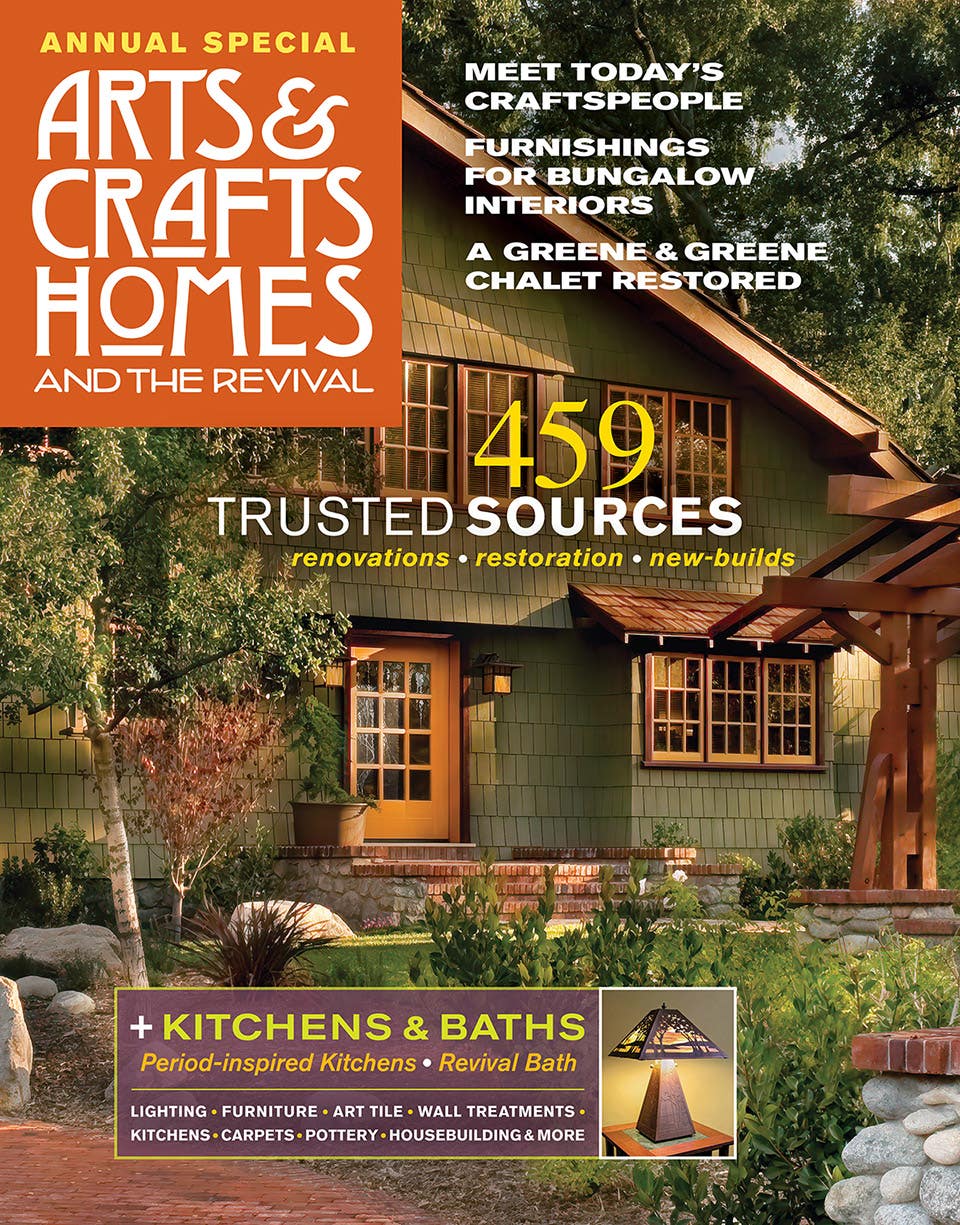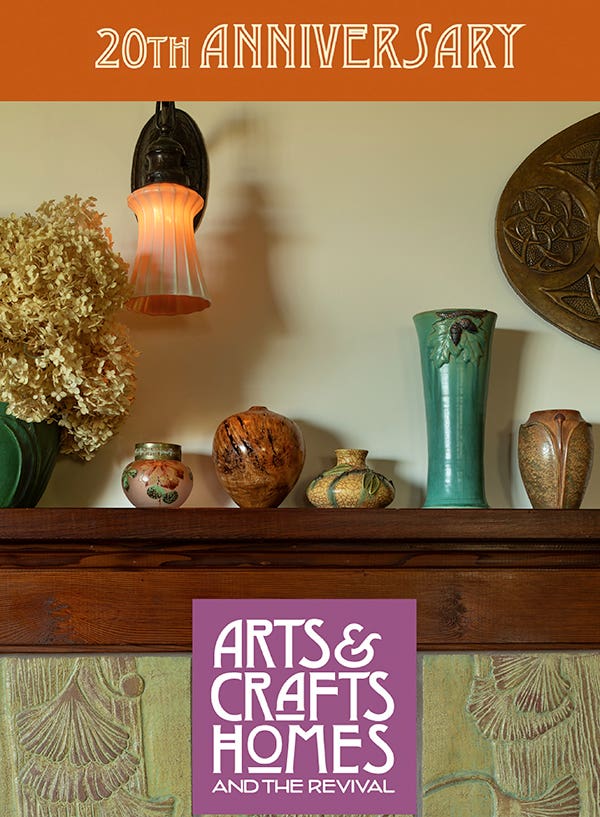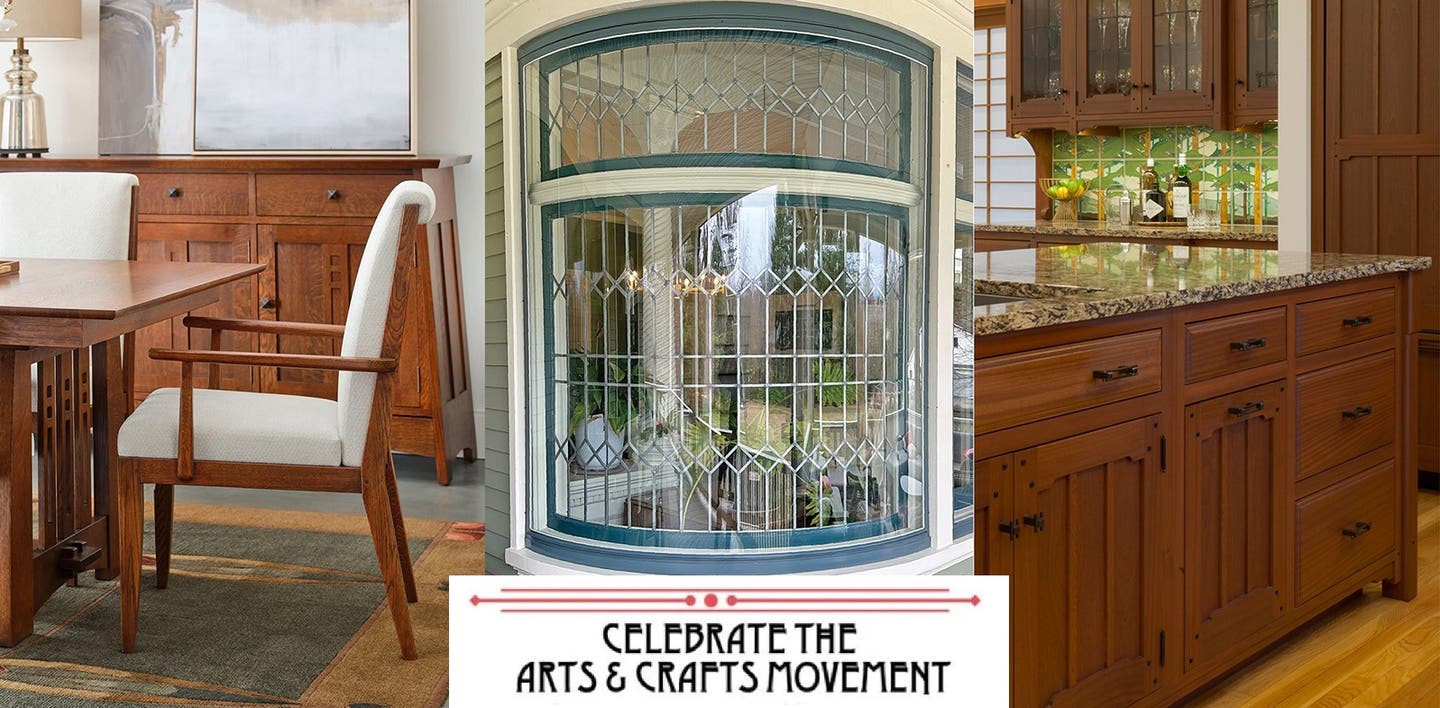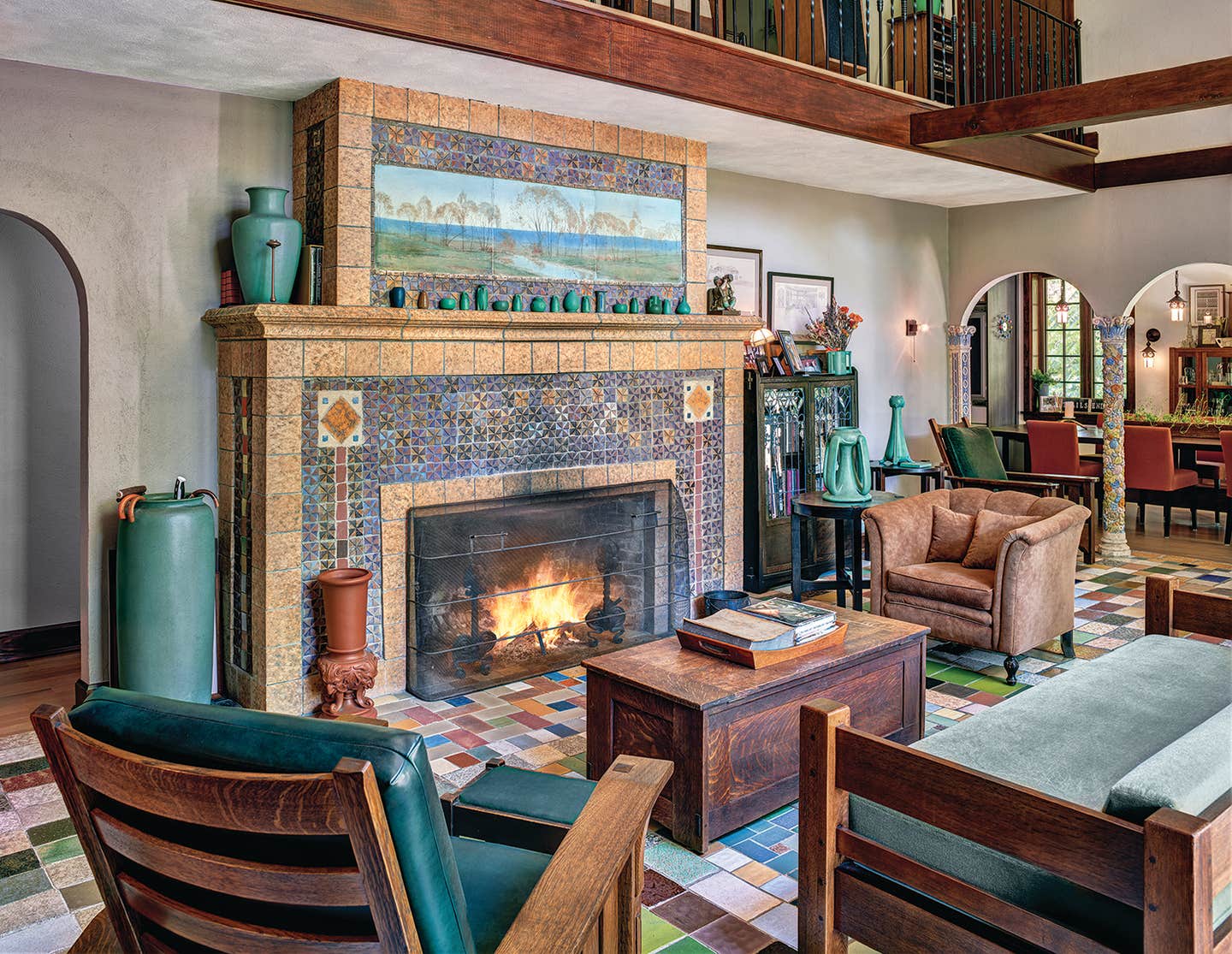The Magic of Residential Pipe Organs
Symphonic organs were once a sign of wealth and taste.
By David Berman
To paraphrase Mr. Dickens, the year 2020 was for me the worst of times and the best of times. I broke ten ribs carrying wallpaper downstairs…and I found an old acquaintance that fulfilled a dream of mine. During the first quarter of the 20th century, wealthy homeowners might have self-playing symphonic organs in their homes. The smallest were just a few ranks of pipes while the largest had in excess of a hundred ranks. In so many ways, he instruments brought homes to life. Like living, breathing entities, the lungs of the house, which itself became the sounding board, the organ pipes sang out the popular songs of the day as well as the thunderous majesty of great symphonies and operas.
I reconnected with my Æolian–Skinner Opus 947 almost sixty years after our first meeting, when 947 was in her original home, a Woolworth mansion in Pennsylvania, near our family farm. Later, 947 was relocated to an outbuilding on Cape Cod, just 30 minutes from me. I found her for sale along with 300 pipe-organ rolls.
As soon as I could drive after the accident, I went to visit. There in a room off the barn was the console I’d seen in that grand reception room when I was very young. On the back wall, the swell shades allowed a glimpse of the pipe chamber I remembered from the Woolworth cellar. Hello, old friend. I turned on the blower and rectifier; amid the hissing leaks I knew she was still alive.
I played a few chords but dearly wanted to hear her play by herself. I chose the overture to “The Magic Flute.” Miraculously, like an aging opera star, 947 began to sing, weak but willing at age 84. As she finished, I would swear that 947 smiled sweetly as if to say, I’m still here, will you care for me? Well of course.
Of these magical creations, not many survive. The enormous ones at Inisfada on Long Island and Riverside in Manhattan are gone. The Frick Collection still has its instrument. Tiffany had two organs, one lost in the fire at Laurelton Hall and one in the lost mansion on 72nd street and Madison Avenue. Anna and Gustav Mahler, upon attending a party at the studio on 72nd, remarked: “We entered a room so enormous it seemed to us immeasurable. Clustered lustres shed a soft, flowerlike light through the gloom. The prelude to [Wagner’s] “Parsifal” was being played on an organ. . . . We stood tock-still in amazement . . .”
By the 1930s, the Æolian Company’s organ division was in financial distress and merged with Skinner Organ Company. The Great Depression and improvement in radio and phonograph made these mechanical musical marvels undesirable. Nevertheless, in 1933 Æolian–Skinner ran an announcement in Time magazine stating they could fit a 427-pipe organ and harp in a large closet in any size home, for $6,000.00. One of these was 947, now ready for another hundred years.
Arts & Crafts Homes and the Revival covers both the original movement and the ongoing revival, providing insight for restoration, kitchen renovation, updates, and new construction. Find sources for kitchen and bath, carpet, fine furniture and pottery, millwork, roofing, doors and windows, flooring, hardware and lighting. The Annual Resource Guide, with enhanced editorial chapters and beautiful photography, helps Arts & Crafts aficionados find the artisans and products to help them build, renovate, and decorate their bungalow, Craftsman, Prairie, Tudor Revival, or Arts & Crafts Revival home.







